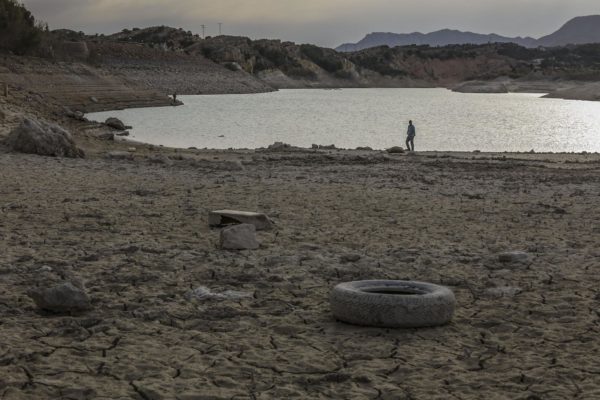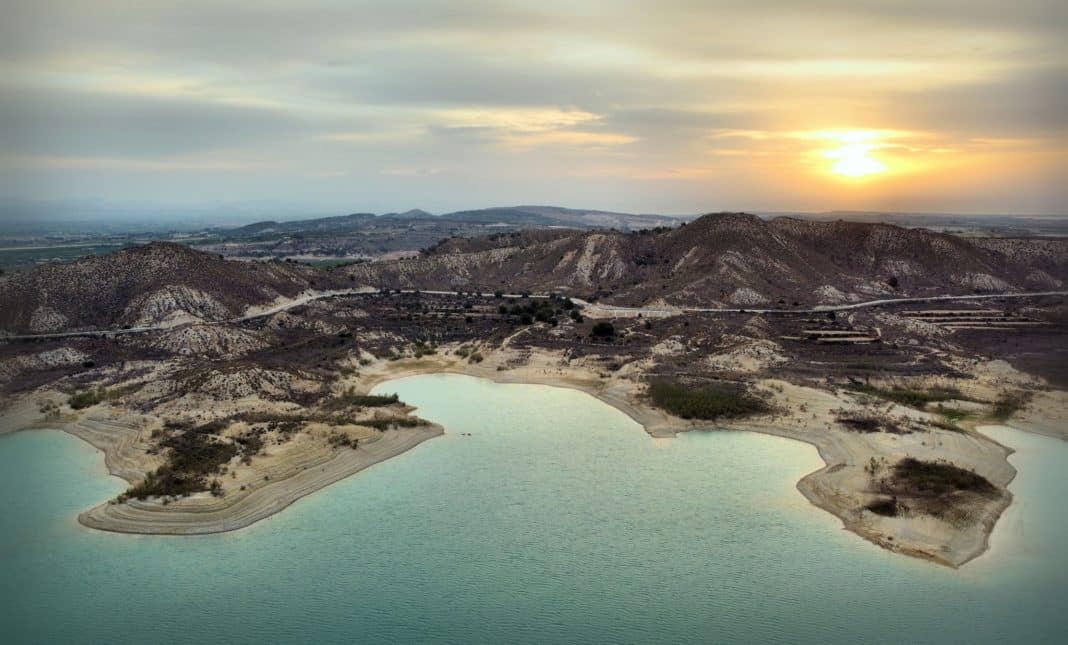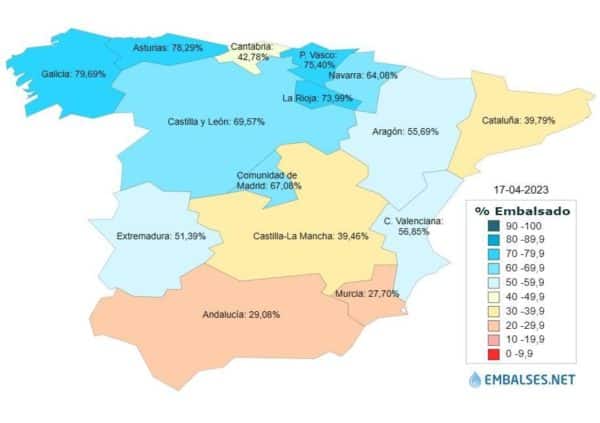Although Urban supply is guaranteed this summer, the first restrictions on irrigated crops in the province will take place in Vega Baja in July, as the drought intensifies, the heat increases and the reservoirs dry up .
Many reservoirs in the province are down to just 32% of their capacity as the level of the flows continues to decrease. At the moment there is only one area on pre-alert, which is Bajo Segura, and the Júcar basin, but if the forecasts are accurate and it doesn’t rain, the situation will become delicate.
In terms of water reserves, the Alicante regions, and especially Vega Baja and Baix Vinalopó, are the ones in the worst situation in the entire Valencian Community. In fact, in the province of Valencia the reservoirs are still at 63% of their maximum capacity and in Castellón the figure stands at 48%.
As a whole, the Valencian Community has 56% of dammed water. It is above the Autonomous Communities of Andalusia (29%); Castilla-La Mancha (39%); Extremadura (51%); Murcia (27%); Aragon (55%); Cantabria (42%) and below Madrid (67%); Castilla y León (69%); Galicia (79%); Asturias (78%); Basque Country (75%) and La Rioja (73%).
The heavy rains in March and April 2022 have helped the provinces of Alicante, Valencia and Castellón to be able to face the current drought, but reserves are dwindling, especially in the Alicante reservoirs of the Segura basin that are fed by the Tajo-Segura.
Proof of this is that in the Crevillent reservoir there are currently 4 hm3 of a total of 13 hm3, which is its maximum capacity, while in La Pedrera, which is located in the municipality of Orihuela, there are 65 hm3 of water, of a total of 246 hm3 that it should house.

Although it is also beginning to be worrying, the panorama presented by the dams in the Júcar basin is not so dramatic. The Beniarrés -Serpis river- stores 17 hm3 of the 27 hm3 of total capacity; The Amadorio de La Vila Joiosa and Orxeta -Amadorio river- has 7 hm3 of the 16 hm3 that it would reach if it were completely full and the one in the best situation in the entire province of Alicante is the Guadalest reservoir with 9 hm3 of the 13 hm3 that can be dammed.
With these meagre water reserves and the forecast of an absence of rain capable of filling the Alicante reservoirs until at least September or October, according to the Segura Hydrographic Confederation, the southern part of the province of Alicante will suffer the first water restrictions by next July.
“We have made a great investment in recent years in saving and reusing water in the Valencian Community, but we will continue advancing in the good management of every drop of water,” said Minister Isaura Navarro, alluding to the fact that “climate change forces Valencian agriculture to adapt to the scarcity of resources”.
If the desired rainfall does not arrive in July, the alert phase will be activated, which will mean a cut in water for irrigated crops in the Vega Baja region, a measure that will mainly affect citrus fruits and winter vegetables – artichokes, celery, lettuce and broccoli – which begin to be planted in the summer months.
But if there is no heavy rain until October, the alert phase will go to the emergency phase, which will imply a minimum cut of 25% of the volume of water destined to irrigate crops.
Of the entire Valencian Community, the province of Alicante is the most affected by the drought. The cereal harvest has already been completely lost. The lack of water has prevented flowering, so this precious fruit will only be harvested on the irrigated farms in Villena and Vall de Gallinera.
And to this list of losses across the Alicante countryside, we must add almond trees in the Orihuela area, which is already in a critical situation, and will not only affect the harvest but also the plantations themselves due to the water stress they are suffering.
Jorge Olcina, professor of Regional Geographic Analysis and director of the Climatology Laboratory at the University of Alicante said, “What can and should be done now is to transmit a message of prudence and containment of water consumption in urban and agricultural uses and, from here, what will be decisive are the measures that are taken by the Hydrographic Confederations, which are responsible for implementing the management plans depending on the level of drought”, but above all he asked for a message of calm as he called for a “rational and responsible”.
The tourist season is not in any danger.
“We are now better than when we faced the drought of the 90s because desalination plants have been built and the urban water supply is guaranteed throughout the province with reservoirs, aquifers and desalination plants. Therefore -he says- the tourist season is not in any danger, but we must all make a rational and responsible consumption.”
“However, the agricultural sector could suffer restrictions and in an extreme situation it will be necessary to activate the drying wells if the Confederations so decide.”






